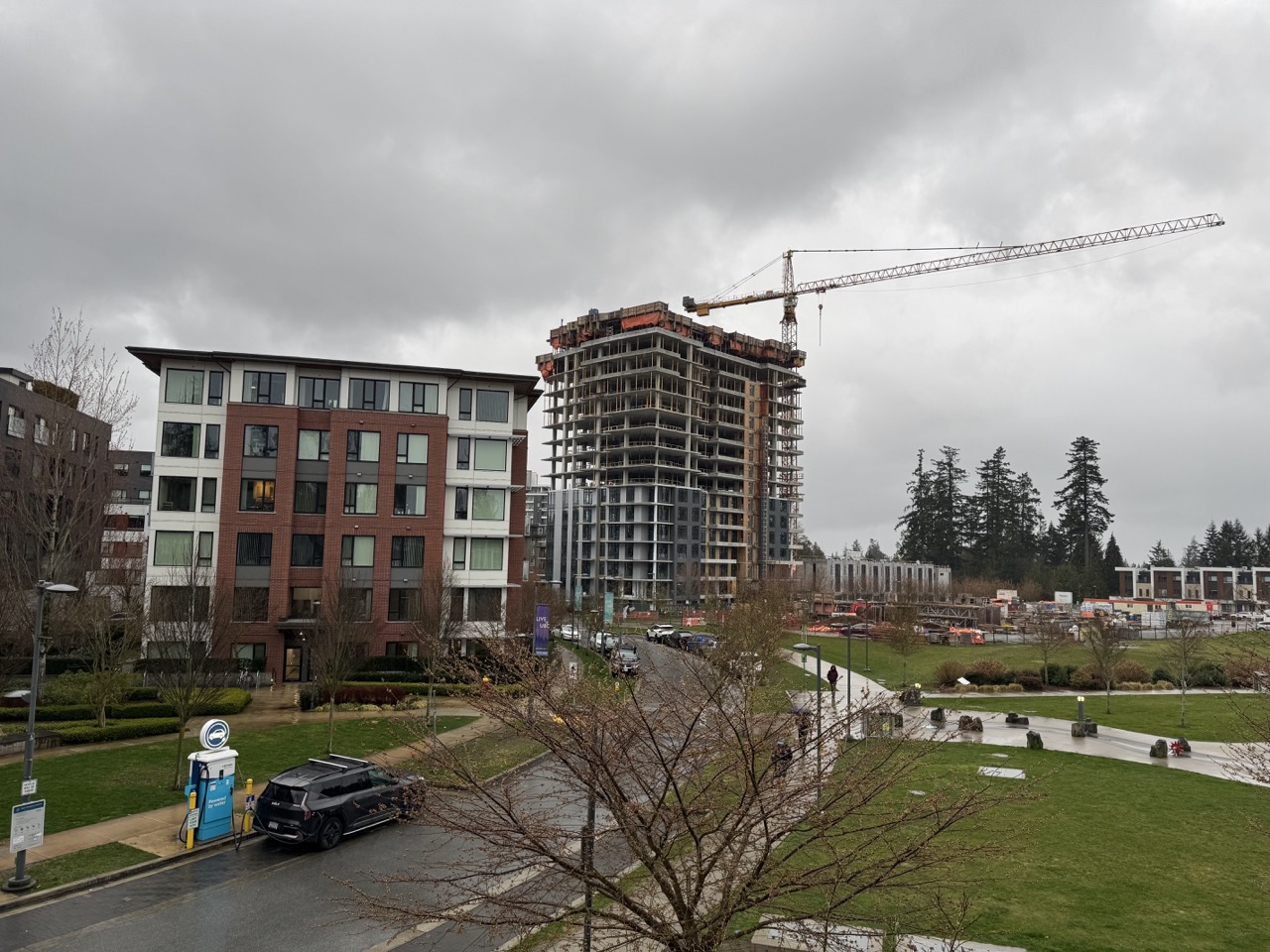As UBC considers its next phase of development in the Wesbrook neighbourhood, the UNA urges the University to incorporate resident input into the amended neighbourhood plan. While the unique governance structure of our neighbourhoods vests decision- making authority in the University’s Board of Governors, the locally- elected UNA Board represents resident interests and views on development. Absent revisions to this governance structure, we can only respectfully request that the University integrate resident feedback into its neighbourhood plans.
In the current phase of the Wesbrook Neighbourhood Plan amendment process, the University outlines core components of Wesbrook’s expansion to the south. Following this round of public engagement and consultation with the Board of Governors Property Committee, UBC will produce a detailed plan for final consideration. Our input here is for UBC’s consideration in its preparation of the full neighbourhood plan amendment.
The draft plan includes several elements that residents and the UNA have advocated over the past year and continue to support. These include:
• The retention of most of the forested area and wetland on the southern edge of the neighbourhood;
• Space for childcare, retail, and programming proportionate to the population growth envisioned in the plan;
• Expanded park space and greenway network;
• A reconsideration of active transportation networks to reflect growth in usage and rectify shortcomings in previous neighbourhood plans.
The success of these proposals in meeting current and future residents’ needs will depend on the details in the plan. While the UNA has in the past objected to the magnitude of growth envisioned for the Wesbrook Neighbourhood, our concerns here focus on how that growth will be realized. The UNA respectfully requests the following:
1. Retail Space
• Given how busy the Save-On Foods store is, residents strongly favour a discount grocery option in Wesbrook South, as well as a Canada Post outlet. The Wesbrook South commercial area should be large enough to accommodate additional services proportionate to its population. These could include medical, dental, paramedical, and other services, as needed.
2. Community Space
• The existing Wesbrook Community Centre is already operating at capacity and should be supplemented to accommodate new population growth (around 2,500 in areas currently under development, plus 4,600 envisioned for Wesbrook South). The Wesbrook Plan should include sufficient community space (at least 5,000 sq ft) to accommodate several rooms for programming, meetings, and events. The Plan should also leave open the possibility of further expansion of community space if needed.
3. Sustainability Space
• The Neighbourhood Climate Action Plan commits UBC to “support the UNA to create community hubs and programming (for) sharing, re-use and repair (e.g. clothing, bicycles, electronics, appliances).” UBC must follow through on this commitment by incorporating sufficient space (at least 2,000 sq ft) in Wesbrook South to house a sustainability hub, with a full recycling centre, tool-share, and resource centre.
4. Safe Walking and Biking
• The Wesbrook Plan should commit UBC to thorough public consultations on the existing and future active transportation network in Wesbrook, including crossings and interfaces with the rest of campus. This should include a reconsideration of all pedestrian and bike crossings on 16th Avenue (including roundabouts); the addition of bikeways on Ross, Binning, and Gray; a pedestrian- friendly re-design of the central business district parking lot; and renewal of the pedestrian crossing on Wesbrook Mall in the heart of the Village.
5. Expanded Services
• The addition of over 7,000 new residents in Wesbrook over the next ten years will significantly escalate pressure on schools, emergency services, transit, and policing. The Wesbrook Plan should commit UBC to proactive advocacy for the construction of a new elementary school, the expansion of emergency services facilities, and expanded transit service connecting Wesbrook to UBC and Vancouver.
6. Strategic Densification
• If UBC chooses to include six towers to realize expanded densities in Wesbrook South, it should give additional consideration to the configuration of those towers. If the goal is to minimize shading (especially of the public open spaces of the neighbourhood), the plan should shift some of the tower height from the southern edge of the neighbourhood to the eastern edge. For example, the proposed 26-story building on the south side of Binning would block sunlight on the greenway. Additionally, a 30-story tower on the corner of Wesbrook and Binning seems excessive and out of proportion with existing structures in that area.
We appreciate your consideration of resident input in these consequential decisions shaping future development in our neighbourhoods.
EAGLE GLASSHEIM IS ALSO CHAIR OF THE CAMPUS RESIDENT’S NEWSPAPER EDITORIAL COMMITTEE AND IS A PROFESSOR OF HISTORY AT UBC.
